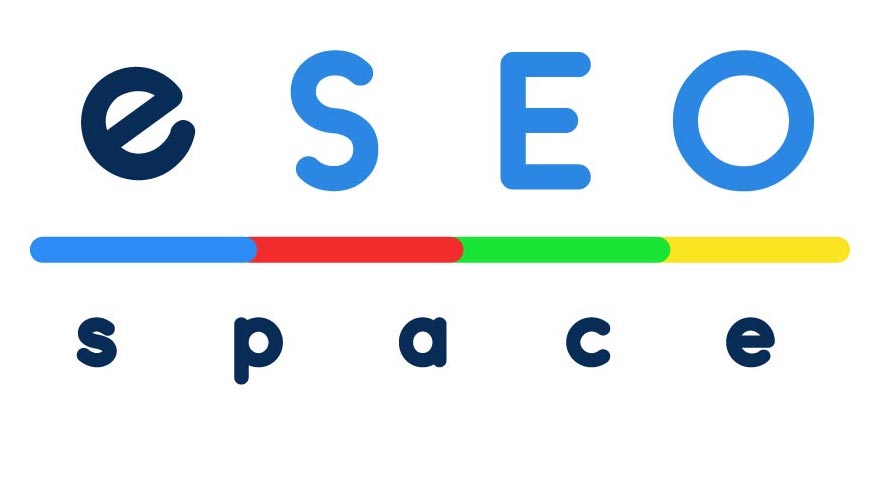In order to obtain a X.509 certificate, you need to contact a Certificate Authority (CA) that is authorized by the Internet Corporation for Assigned Names and Numbers (ICANN). The CA will help validate your identity and encrypt the data that is being sent over the networks. To obtain a certificate, you will need to provide relevant information about your business such as name, address, domain name, and other contact details. You will also be asked to provide proof of identity such as an identification document or business registration documents.
Once the CA has verified all of your information, they will issue you with a private key and public key pair as well as a certificate signing request (CSR). The CSR is then signed by the CA with their private key and returned to you in the form of an X.509 certificate file. This file can then be installed on your web server in order to create a secure connection between it and the client’s browser.
The process of obtaining an X.509 certificate may vary depending on the Certificate Authority you choose and other factors such as whether you need an extended validation (EV) certificate or not. In most cases, it can take anywhere from a few minutes to several hours for the CA to verify all of your information before issuing out the certificate files for installation.
Once I get a X.509 certificate, how do I activate it and use it on my WordPress Website
Once you have obtained your X.509 certificate, you need to activate it and use it on your WordPress website to ensure secure connections. Activating the certificate involves installing it on your web server and then configuring your WordPress site to use HTTPS instead of HTTP by default.
Installing the Certificate: The first step is to install the certificate on your web server. Depending on the hosting provider and server type you are using, there may be different methods for installing certificates. Check with your hosting provider for specific instructions or contact technical support if necessary.
Configuring Your Website: Once the certificate is installed, you need to configure your WordPress site to use HTTPS instead of HTTP by default. There are several plugins available that allow you to easily switch between HTTP and HTTPS or force all traffic to use HTTPS only. Additionally, you may also want to look into setting up a redirect from HTTP URLs to HTTPS ones so that any links in search engines or other websites will automatically point to the secure version of each page.
Testing Your Site: After making sure everything is configured correctly, it’s important for you to test out the setup in different browsers and devices before making it live for visitors. You can also run an SSL checker tool such as SSL Labs or Qualys SSL Test which will scan your website and provide comprehensive reports detailing any potential security issues that need addressing.
By following these steps, you can ensure that all data sent over networks connected with your WordPress site are encrypted using an X.509 certificate, providing customers with peace of mind knowing their personal information is safe and secure from malicious third-parties or hackers







